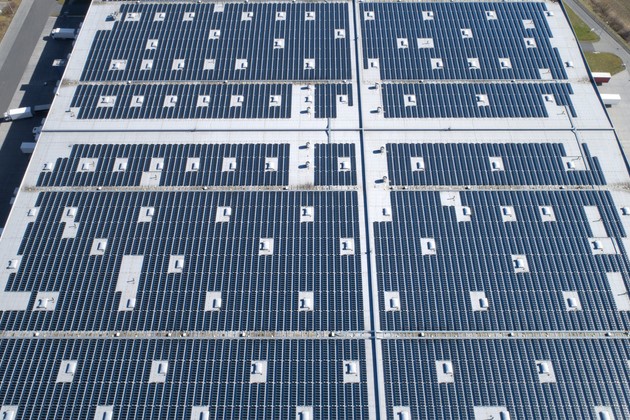The GHG Protocol is an international standard for accounting and reporting with respect to greenhouse gas emission for large companies in the EU that must meet at least two of the following criteria:
- A balance sheet total of EUR 20 million
- Net turnover of EUR 40 million
- 250 employees (averaged over the fiscal year)
The EU also requires companies to report their upstream and downstream activities, known as ‘Scope 3 emissions’. This is both a real challenge since companies have to rely on data from their suppliers and customers, as well as a great opportunity since roughly 70% of emissions occur within scope 3.
Setting up scope 3, 2 and 1
The first challenge we can help you with is identifying your footprint as is through four steps based on the GHG protocol.
- Map your company’s entire supply chain
- Identify emissions
- Determine the calculation method and available data
- Report emissions and establish an improvement plan
Our report is transparent and reusable and follows the accounting principles of the GHG Protocol, so it can be used for reporting purposes.
Supply chain improvement roadmap
4Supplychain has extensive experience in planning & logistics. We use this knowledge to find opportunities and pragmatic solutions within your company to reduce your emissions. Some of the areas we will address include:
- The procurement of raw materials, other goods and services
- Fuel and energy-related activities
- Industrial waste
- Transportation (inbound, outbound, return)
- Facilities (owned and leased facilities)
Want to know more? Contact us to discuss a good approach for your business.
* SMEs will be required to report emissions as of 2026.

